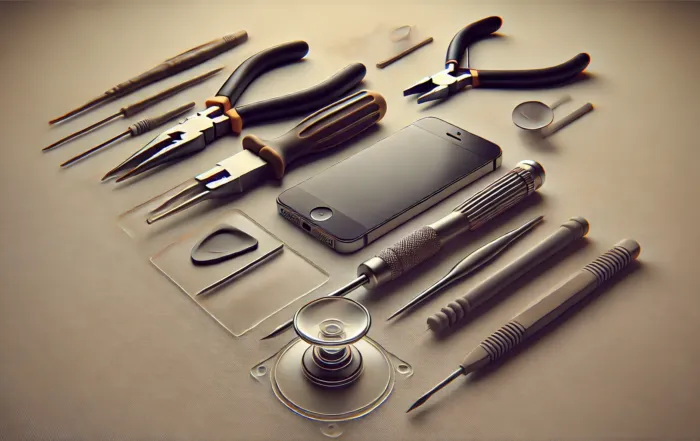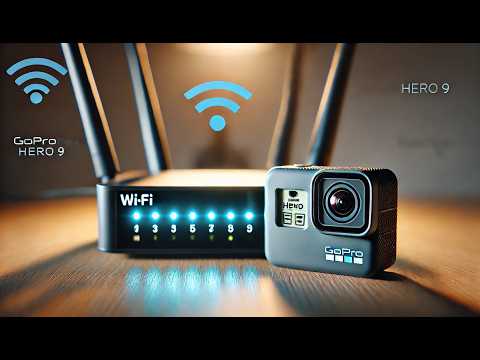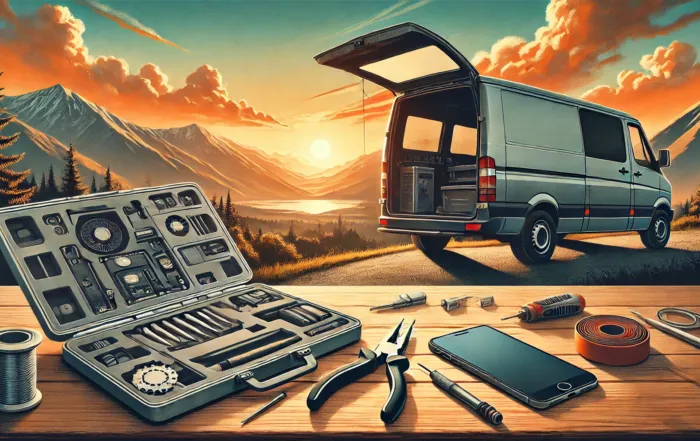Self Repair – Repair smartphones, computers, laptops & more yourself

In a world where technology ages faster and repairs often come with a high price tag, the topic of self-repair is becoming increasingly important. But is it really worth repairing your smartphone, laptop, or computer yourself? What tools and skills do you need? And when is it better to leave it to a professional? In this post, you’ll learn everything you need to know about self-repair.
Why self-repair?
The biggest advantage of self-repair is obvious: you save money! Professional repairs can get expensive quickly, while replacement parts are often much cheaper than buying a whole new device. You’re also making a valuable contribution to sustainability by reducing electronic waste and extending the lifespan of your devices. Another bonus: you gain useful skills and a better understanding of your tech. Especially for travelers, being able to handle basic repairs yourself is a huge plus. Whether it’s a laptop, camera, or smartphone – if you rely on your gear while on the road, self-repair can save you a lot of trouble.
What can you repair yourself?
Not every repair is equally difficult. While some issues can be easily fixed on your own, others require specific knowledge or tools. Here’s a rough overview:
Simple repairs:
- Battery replacement on smartphones (e.g., our video on S20 battery swap)
- Replacing laptop or PC hard drives/SSDs (e.g., our video on M.2 SSD swap with data transfer)
- Cleaning fans and replacing thermal paste
- Replacing keyboards or screens on certain laptop models
Moderate repairs:
- Smartphone screen replacement
- Replacing charging ports or speakers
- Replacing RAM or motherboards in laptops
Difficult repairs:
- Repairing water damage
- Chip-level and micro-soldering repairs
- Replacing soldered batteries or displays in hard-to-reach devices
Check out my repairs on YouTube.
Guide: S20 Battery and Back Cover Replacement – Self Repair
Introduction In this detailed guide, we’ll show you how to replace the battery and back cover of your Samsung Galaxy S20 yourself. This repair requires patience and caution, especially since [...]
Connect GoPro Hero 9 Black with your smartphone
Connect GoPro Hero 9 with your smartphone: Video Introduction The GoPro Hero 9 Black is a powerful action camera, perfect for outdoor [...]
Self-repair – Smartphones, computers, laptops & more 🛠️💻📱
Self Repair – Repair smartphones, computers, laptops & more yourself In a world where technology ages faster and repairs often come with a high price tag, the topic of self-repair [...]
What tools do you need?
For many repairs, a basic toolkit that you can get for little money is enough. Here’s a list of useful tools:
- Precision screwdrivers (e.g., Torx, Pentalobe for Apple devices)
- Plastic pry tools (for opening cases)
- Tweezers and suction cup for delicate parts
- Soldering iron for advanced repairs
- Heating plate or hot air station for display repairs
Where can you get replacement parts?
You can often buy replacement parts directly from the manufacturer, specialized online retailers, or marketplaces like eBay or AliExpress. Be sure to check quality and reviews from other buyers to avoid low-quality knockoffs.
When to leave it to a pro?
Not every repair is worth doing yourself. Especially when it comes to complex components or data recovery, it’s often better to consult a professional. If you’re unsure or don’t have the right tools, sometimes it’s smarter not to take the risk.
Self Repair & Reisen (travel) – a smart combo
Especially when traveling, self-repair can be a real lifesaver. If your smartphone battery dies or your laptop’s SSD fails, finding a repair shop quickly can be tough. Knowing basic repairs keeps you flexible and independent. For Vanlife and long road trips, it’s especially handy to have spare parts and tools on hand so you can fix things yourself in an emergency.


